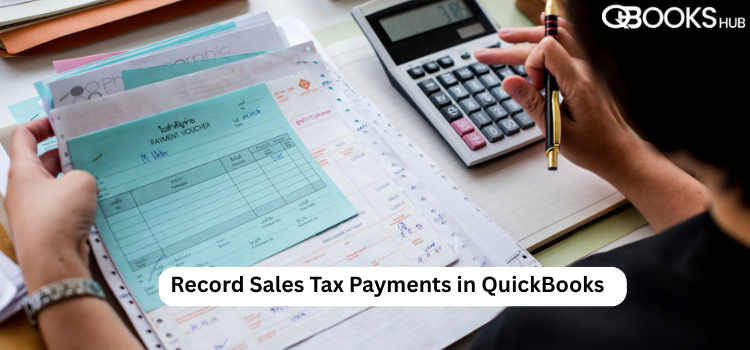
Managing your sales tax accurately is not just a legal necessity—it's crucial for maintaining clean and balanced financial records. One of the most common challenges users face in QuickBooks Desktop is knowing how to record sales tax payments in QuickBooks properly. Done incorrectly, it can lead to frustrating issues like your QuickBooks balance sheet out of balance, making it difficult to reconcile accounts or file taxes correctly.
In this guide, we’ll walk you through everything you need to know about recording your sales tax payments, preventing common pitfalls, and keeping your books clean and audit-ready. If you’re struggling or need expert support, don’t hesitate to contact +1-866-409-5111 for immediate assistance.
Why Accurate Sales Tax Recording Matters
Sales tax collected from customers is a liability—you’re holding that money in trust until it's time to remit it to your tax agency. Mismanaging this process can lead to:
Penalties and interest from tax agencies
Inaccurate financial statements
An out-of-balance balance sheet
Confusing audit trails
By mastering how to record sales tax payments in QuickBooks, you can avoid these headaches and ensure your financial data stays clean and compliant.
Step-by-Step Guide to Record Sales Tax Payments in QuickBooks Desktop
Step 1: Make Sure Sales Tax Is Enabled
Before recording payments, ensure that the Sales Tax feature is activated in your QuickBooks Desktop.
Go to Edit > Preferences.
Select Sales Tax from the left panel.
Click the Company Preferences tab.
Select Yes to turn on sales tax.
Set up the appropriate tax items and agencies if you haven’t already. This step ensures that the taxes you collect are tracked correctly and can be remitted accurately.
Step 2: Check Your Sales Tax Payable Account
Go to Lists > Chart of Accounts and locate the Sales Tax Payable account. This is where QuickBooks records the tax you’ve collected from customers. Ensuring this account is configured correctly is essential to avoiding the QuickBooks balance sheet out of balance issue later on.
Step 3: Run the Sales Tax Liability Report
Before making any payment, run a sales tax report to verify how much you owe.
Navigate to Reports > Vendors & Payables > Sales Tax Liability.
Set the appropriate date range (monthly, quarterly, etc.).
Review the breakdown of what you owe by tax agency.
This report ensures you're not under- or over-paying and helps confirm that all transactions have been recorded properly.
Step 4: Record the Sales Tax Payment
Now it's time to actually record your payment. Here's how:
Go to Vendors > Sales Tax > Pay Sales Tax.
Select the appropriate Tax Agency.
Choose the Bank Account you're using to make the payment.
Set the Date of the payment.
Select the liabilities you’re paying (check the boxes).
Enter any Adjustment if applicable (for rounding, discounts, or penalties).
Click OK to record the transaction.
🔍 Pro Tip: Always match the payment amount to what’s shown on your sales tax return to avoid discrepancies.
Step 5: Confirm Payment Entry in Registers and Reports
After recording, double-check:
The Bank Register shows the withdrawal.
The Sales Tax Payable account reflects the new balance.
The Balance Sheet stays in balance.
If anything seems off, go back and review each step. Improper entries can easily make your QuickBooks balance sheet out of balance, which may require further troubleshooting.
What to Do If Your Balance Sheet Is Out of Balance
If your sales tax entries result in your QuickBooks balance sheet out of balance, here are some common causes and solutions:
Common Causes:
Duplicate or missing entries in the Sales Tax Payable account
Incorrect use of journal entries
Using an incorrect date range in the balance sheet report
Damaged or corrupted company file
How to Fix It:
Run the balance sheet on an accrual basis for different dates to identify discrepancies.
Look for transactions that post directly to or from the Sales Tax Payable account.
Avoid making manual journal entries that affect liability accounts unless guided by a professional.
Use the Rebuild Data utility in QuickBooks to check for file damage.
Still stuck? Contact the QuickBooks support team at +1-866-409-5111 for professional troubleshooting.
Best Practices to Avoid Sales Tax Recording Issues
Reconcile regularly: Don’t wait until the end of the quarter. Match your sales tax liability report with your general ledger monthly.
Avoid manual entries: Always use the built-in “Pay Sales Tax” feature rather than creating checks or journal entries manually.
Use classes or locations: If you deal with multiple tax jurisdictions, use QuickBooks’ class/location tracking for better organization.
Train your team: Ensure everyone handling sales tax understands the correct process.
When to Seek Expert Help
If your books are already out of balance or you're unsure about how to proceed with sales tax payments, it’s best to seek professional help. Errors in tax reporting can be costly and time-consuming. Reach out to our expert QuickBooks team at +1-866-409-5111 for a free consultation or immediate support.
Conclusion
Learning how to record sales tax payments in QuickBooks properly is essential for every business that deals with sales tax. It’s not just about staying compliant—it’s about keeping your financials accurate and avoiding common pitfalls like the dreaded QuickBooks balance sheet out of balance issue.
By following the steps and tips outlined in this guide, you'll be well-equipped to handle your tax remittances with confidence and precision. And remember, help is always a phone call away. Dial +1-866-409-5111 for expert QuickBooks support and guidance.

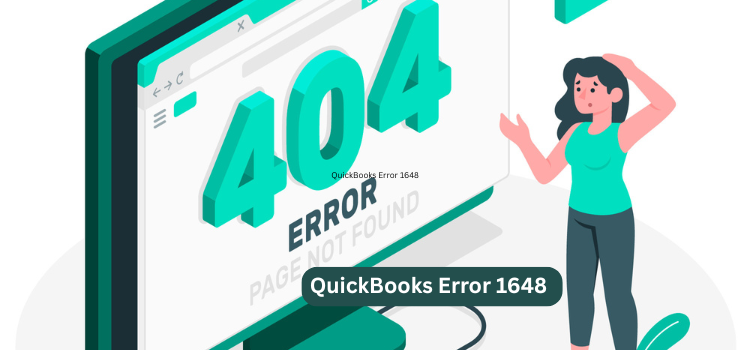
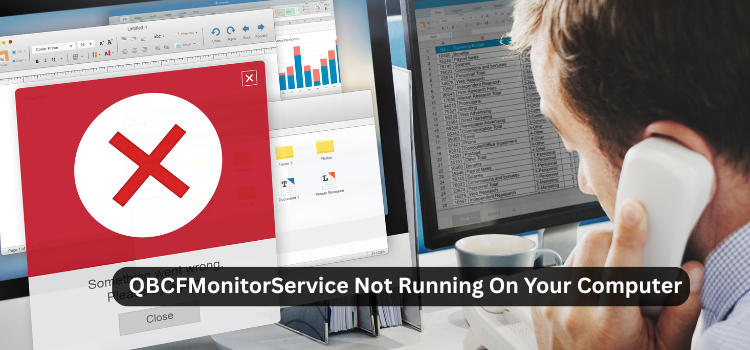
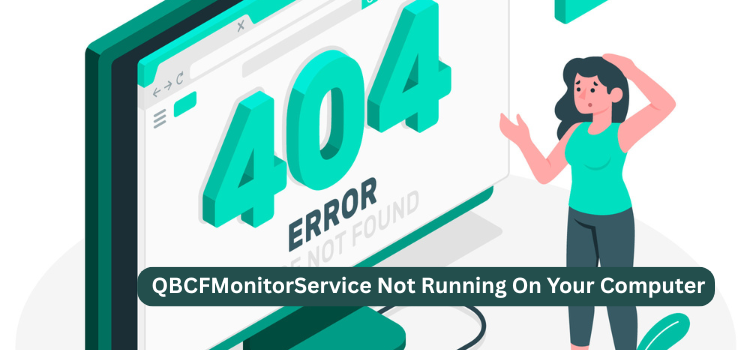
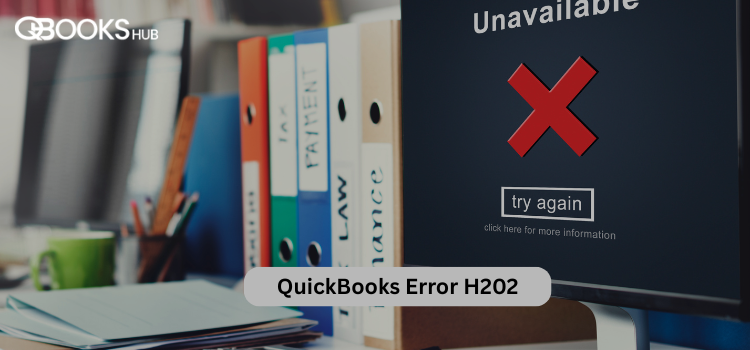

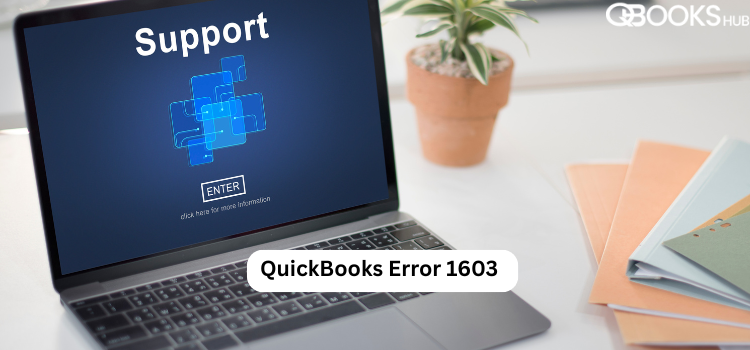
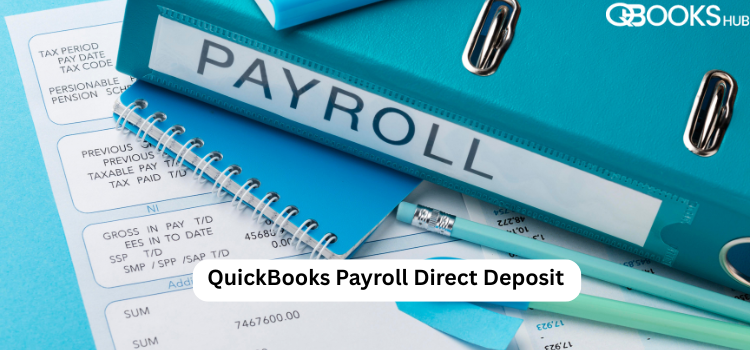
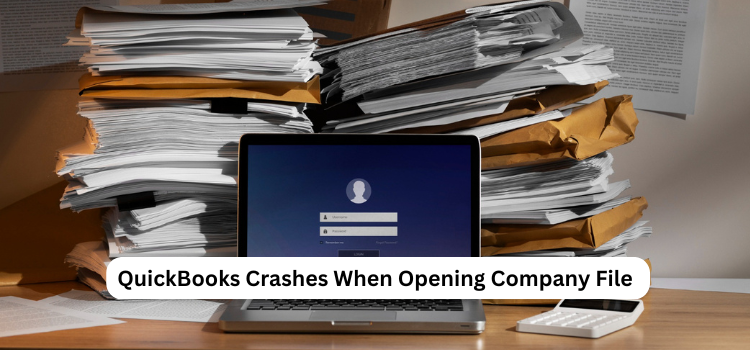

Write a comment ...